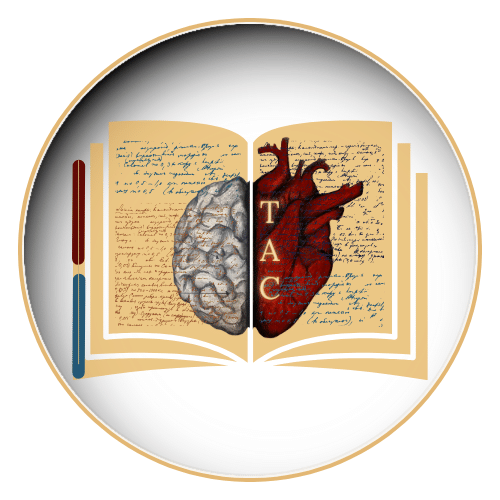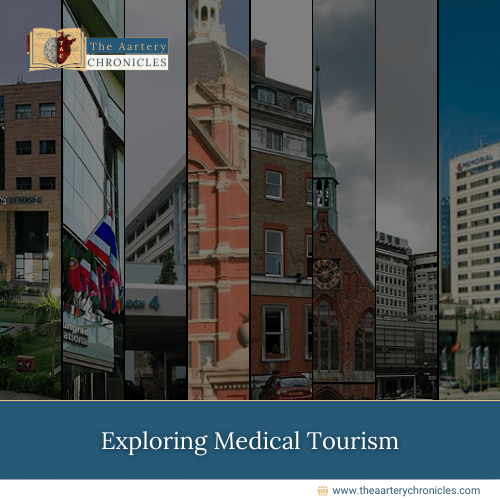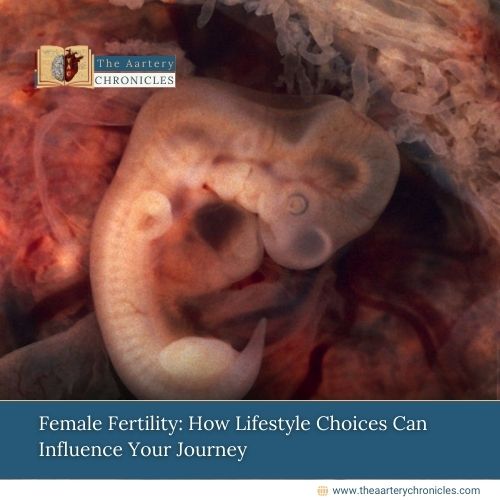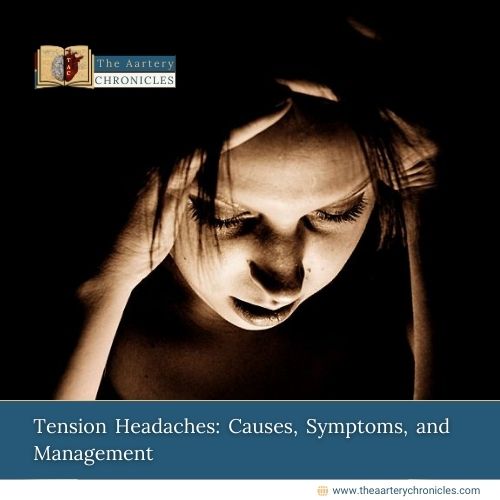

Brain Scans Can Predict Teen Substance Use Before It Starts
Summary: A groundbreaking study shows that changes in brain connectivity can predict adolescent substance use before it starts. Researchers tracked brain networks involved in cognitive control and found early warning signs of substance use initiation. These findings could revolutionize early prevention and intervention strategies
Teen Substance Use: Can Brain Connectivity Predict the Future?
Did you know that 68% of adolescents aged 12 to 17 in the U.S. have experimented with substances like alcohol, cigarettes, or marijuana? This alarming statistic highlights the urgent need for early prevention strategies. Exciting new research suggests that changes in brain connectivity could predict which teens are at risk before they even try substances.
A study published in Biological Psychiatry: Cognitive Neuroscience and Neuroimaging found that tracking year-to-year changes in brain connections tied to cognitive control can forecast substance use initiation. This discovery could revolutionize early intervention efforts.
The Research Findings
A team of researchers from Virginia Tech studied 91 adolescents over seven years, starting from age 14.
- Pre-requisites: These teens had never used substances at the beginning of the study.
- Methodology: Scientists monitored their brain activity using functional connectivity analysis while performing a cognitive control task. They also tracked their substance use habits.
Key Findings:
- Brain connectivity predicted substance use initiation, not behaviour alone.
- Stronger connections between the dorsal anterior cingulate cortex (dACC) and dorsolateral prefrontal cortex (dlPFC) were linked to a delayed start of substance use.
- One year before initiation, this connectivity sharply declined.
- Higher connectivity in other brain regions correlated with more severe future substance use
Expert Insights
Dr. Jungmeen Kim-Spoon, the lead investigator, emphasizes that early substance use significantly increases the risk of addiction and life challenges. By identifying at-risk teens through brain imaging, experts may be able to intervene before harmful habits take hold.
Dr. Tae-Ho Lee, a co-investigator, explains that the salience network, particularly the dACC and anterior insula (aINS), plays a key role in future substance use risks. Strengthening these brain networks could help delay or even prevent substance use.
“Our study revealed that neural recruitment from the salience network (brain regions for detecting and responding to stimuli) during the cognitive control process, specifically the dorsal anterior cingulate cortex (dACC) and anterior insula (aINS), can predict future substance use in adolescents before they actually begin using substances.”
Dr. Ya-Yun Chen, another co-investigator, adds: “Stronger connectivity between the dACC and the dorsolateral prefrontal cortex was associated with delayed substance use onset, and this connectivity pattern showed a significant drop one year prior to substance use initiation. In contrast, lower connectivity of the dACC with the supplementary motor area, along with heightened connectivity of the aINS with the dorsal medial prefrontal cortex and angular gyrus, predicted greater severity of future substance use.”
How This Research Helps Prevention Efforts?
Editor-in-Chief of Biological Psychiatry, Dr. Cameron S. Carter, highlights the importance of this study in shaping new prevention strategies. Given the widespread risk-taking behaviours in adolescence, understanding neural predictors of substance use is a game-changer.
“Adolescence is an important period characterized by heightened susceptibility to risk-taking behaviors, which have implications for substance use. National data indicate that approximately 68% of individuals aged 12 to 17 in the United States reported initiating the use of substances such as cigarettes, alcohol, or marijuana in the past year. In light of these statistics, identifying neurodevelopmental precursors linked to the risk of early substance use and heavy use during adolescence becomes crucial. The current study paves the way for innovative early prevention and intervention strategies.”
Final Thoughts: Better brain health comes from better choices
This study suggests that monitoring and strengthening cognitive control networks in teens could protect against early substance use. Future interventions may focus on cognitive control training to improve decision-making and reduce risk-taking.
By integrating brain scans into adolescent health assessments, experts could identify at-risk individuals early and develop targeted intervention programs to prevent substance abuse before it starts.
Inputs from various media sources.

Dane
I am an MBBS graduate and a dedicated medical writer with a strong passion for deep research and psychology. I enjoy breaking down complex medical topics into engaging, easy-to-understand content, aiming to educate and inspire readers by exploring the fascinating connection between health, science, and the human mind.








